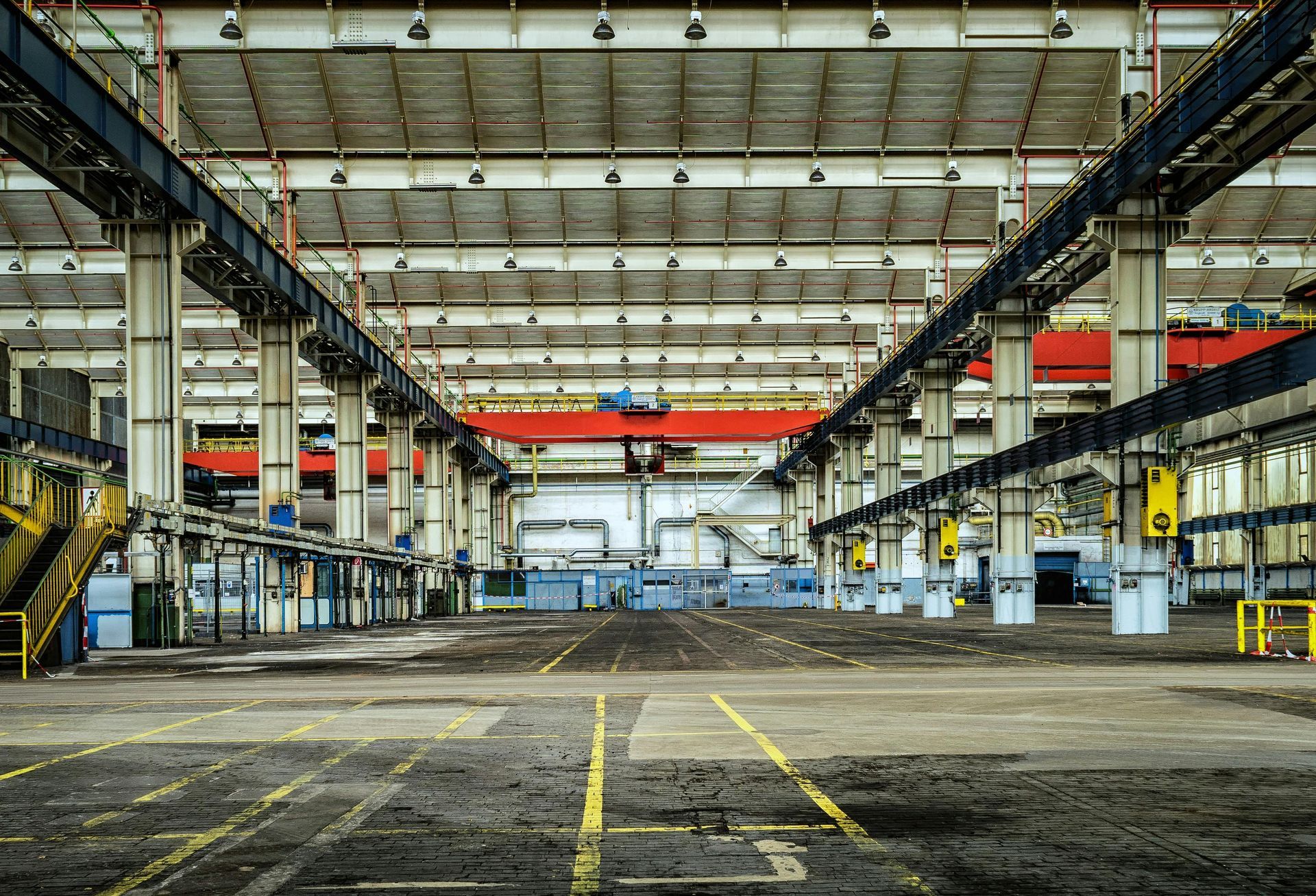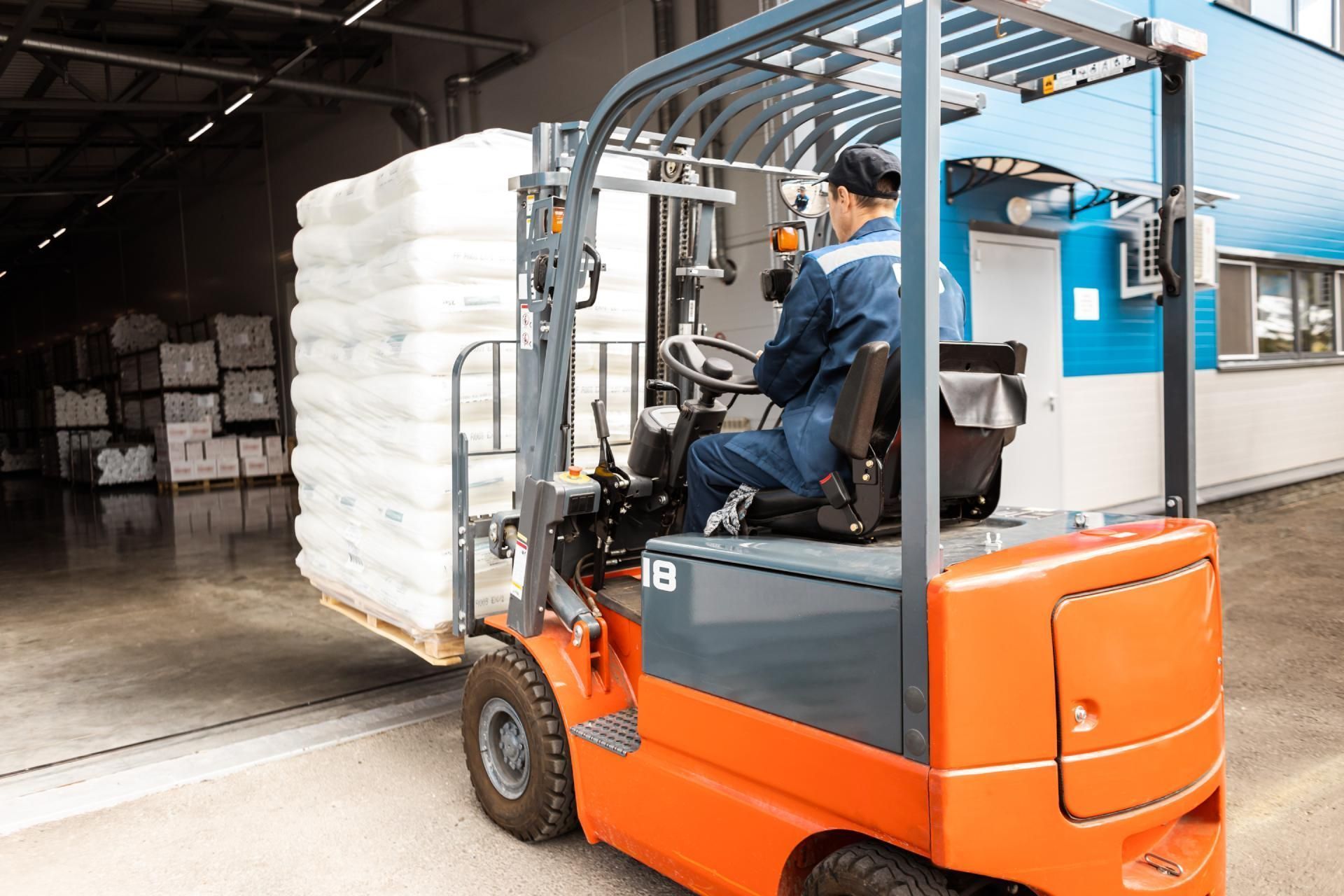Keeping Your Warehouse Dock Safe During the Winter
Keeping Your Warehouse Dock Safe During the Winter
Keeping Your Warehouse Dock Safe During the Winter. It gets cold here in Missouri come winter. No matter what you do or where you’re going, you’re sure to feel the sting of Old Man Winter when you step outside. But in a warehouse, with wide-open spaces and frequently opening dock doors, the cold weather has a way of digging just a bit deeper into your bones. So for those of you tasked with managing a warehouse, how do you keep your workers safe during the winter months?
What to Watch Out For
You know how it is when you’re cold; you have a tough time thinking about anything but getting warm. It’s been found that worker accuracy goes down in cold weather, leading to a greater propensity for mistakes. Beyond the mental ramifications of being cold, there are several physical conditions to be on the lookout for, including frostbite and trench foot. It’s also important to keep in mind one fact that often comes as a surprise: in the cold weather, dehydration is common.
How to Protect Workers
First and foremost, make sure that your workers have the proper cold weather gear to help maintain body heat and keep the cold at bay. Additionally, hold a training to inform workers of the symptoms of cold stress injuries like frostbite and trench foot. Not only will this help your workers keep an eye on their own well-being, it will help them notice signs of injury in their coworkers. To stave off dehydration, be sure to provide plentiful offerings of both water and warm, sweetened beverages. Lastly, ensure that warm break rooms are easily accessible and available for workers.
Contain Cold Air Flow from Dock Doors
It’s no secret where the cold air enters the warehouse: right at the warehouse docks. The constant opening and closing of the warehouse doors makes it hard to keep the cold air at bay, but there are steps you can take.
High-Speed Doors
High-speed doors can greatly cut down on the time your warehouse is exposed to the elements. Fully powered, automatic models can be triggered by sensors to respond only when you need them. Other models utilize buttons, pull switches, and other forms of activation.
Insulated Doors
Have you ever put your hand on a dock door in the winter? It’s so cold it hurts to the touch. Insulated doors like the ThermoMark 5150 and 5200 doors available here at Benco Industrial Equipment make use of foamed-in-place polyurethane insulation to help regulate warehouse temperature all year round. As an added bonus, they deliver quieter operation than standard warehouse doors.
Strip Doors
Strip doors—really just curtains made up of thick plastic slats—don’t seem like much. But they make a big difference. Parting only when someone or something is coming through, and closing immediately behind them, strip doors greatly reduce cold air flow.
HVLS Fans
It’s hard to overstate the value of a high-quality HVLS fan like those manufactured by MacroAir. While they do a great job of circulating air and keeping warehouses cool during the summer, they also help distribute warm air evenly in the winter by circulating the warm air collected at the top of the warehouse back toward the employees on the ground.
Get the Equipment You Need
Call Benco Industrial Equipment at (636) 947-3070 for all your warehouse door needs. And be sure to check out the OSHA Cold Stress Guide for more information on keeping your workers safe this winter.
The post Keeping Your Warehouse Dock Safe During the Winter appeared first on Benco Industrial Equipment.




